Squirrels are among the most commonly spotted animals along the Wandle Trail! They are important for local ecosystems, since they take seeds and nuts and bury them. Some of the trees you see by the river may even have been planted by a squirrel!
This post contains a list of interesting facts about squirrels, as well as information about the history of squirrels in England.
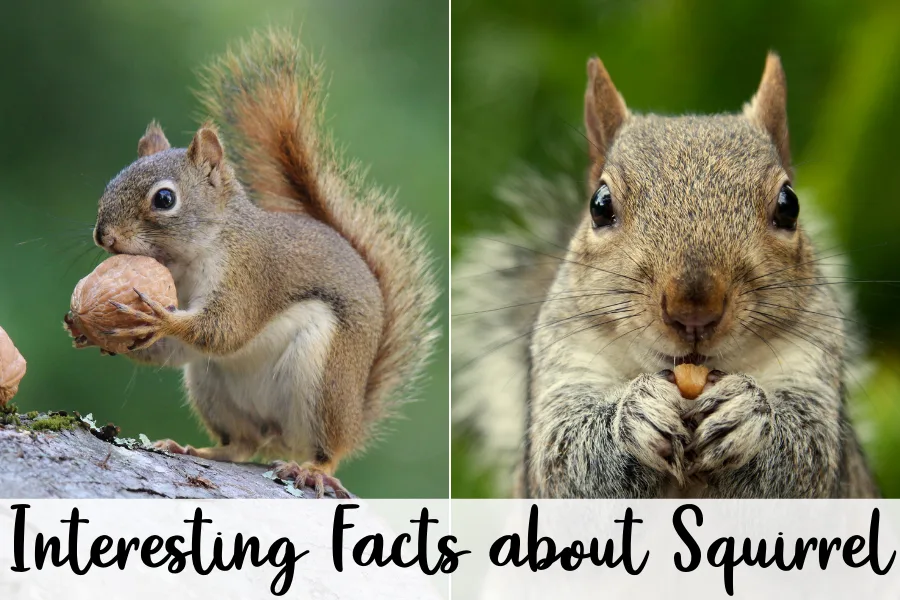
Interesting Facts about Squirrels
1. Squirrels make nests from twigs and leaves
If you see any sphere shaped nests down by the river, they probably belong to a squirrel! Squirrels collect small sticks and leaves to make their nests usually in the forks of tall trees.
Squirrel nests are called “dreys” and are compact and often in the shape of a football. Look out for them next time you are walking around Watermeads Nature Reserve or King George’s Park.
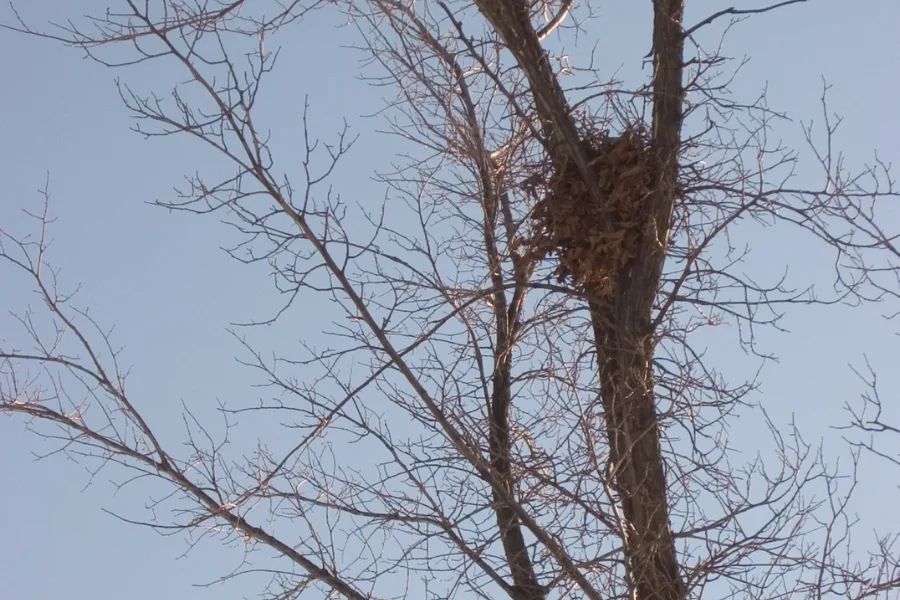
2. Squirrels run in a zigzag pattern when they feel threatened
If a squirrel feels threatened it will run in a zigzag pattern to get away from danger. In the wild this tactic is a useful strategy to escape from predators. Unfortunately it may work less well with the cars on Garratt Lane!
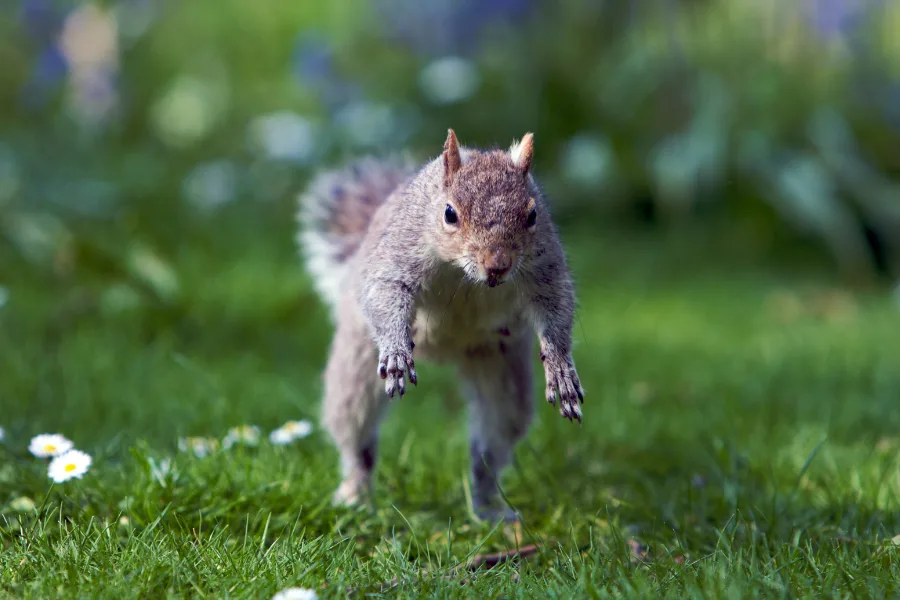
3. Our Squirrels are Helping to Make South London Greener
Squirrels are responsible for planting many of our trees in South London. This is because they don’t always return to dig up their buried nuts.
Squirrels are the most important animal for helping the spread of oak trees since they only retrieve 70% of their acorns, leaving the rest to grow into new trees! Next time you see an oak tree, remember that it may have been planted by a squirrel!
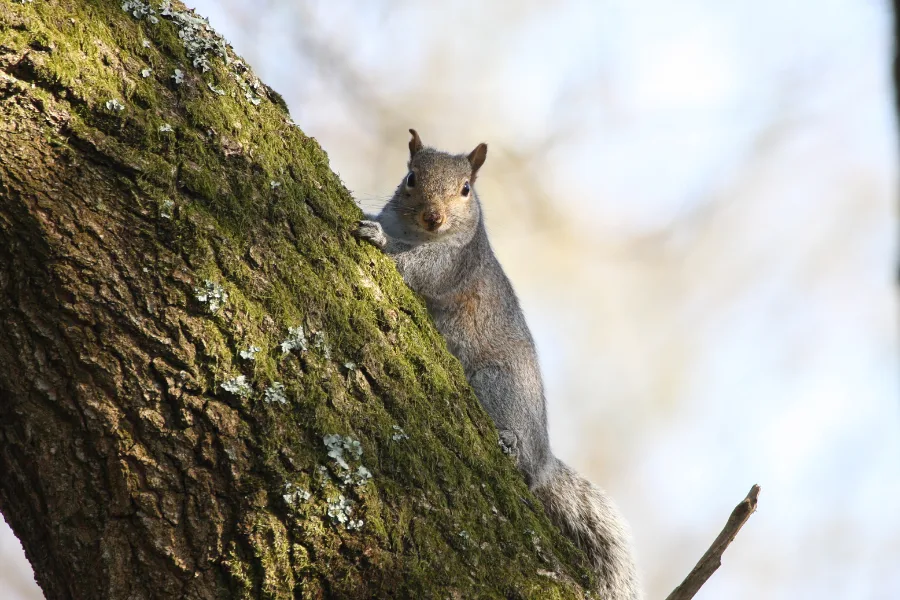
4. Squirrels have four front teeth which never stop growing all their lives
Squirrels need to have strong front teeth to ensure they can gnaw on nuts, tree bark and other objects. If you see any tree cavities with gnawed away bark, this was most likely from a squirrel!
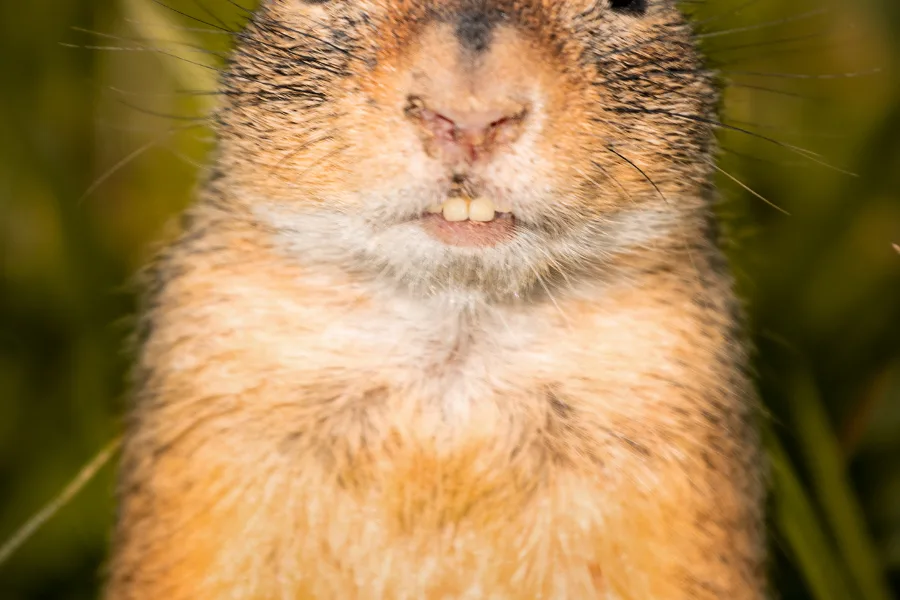
5. Squirrels mainly communicate using their bushy tails
Squirrels communicate with other squirrels mainly with their bushy tails. They twitch their fluffy tails to alert other squirrels if they can sense a threat. Although their main form of communication is with their tail, they also have a range of calls including quacking noises.
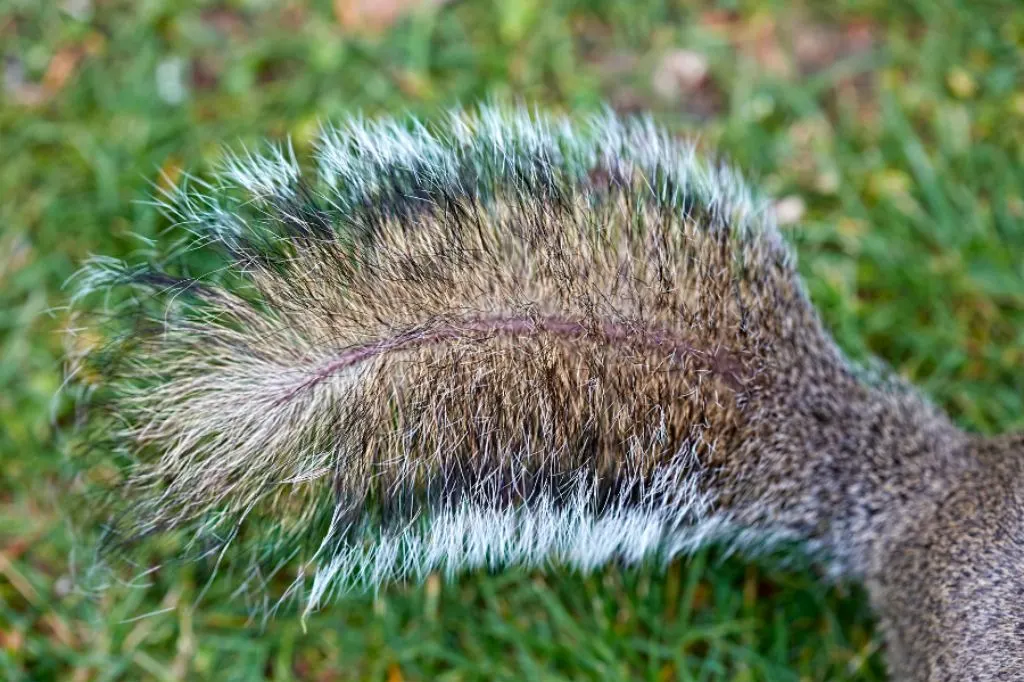
6. Squirrels pretend to hide food in order to trick thieves
Squirrels are clever creatures and rely on deception strategies to protect their food. They will dig a hole and pretend to hide a nut in order to trick potential thieves.
Eastern gray squirrels in particular are known to try and steal each other’s food, so will try to trick each other when hiding their nuts.
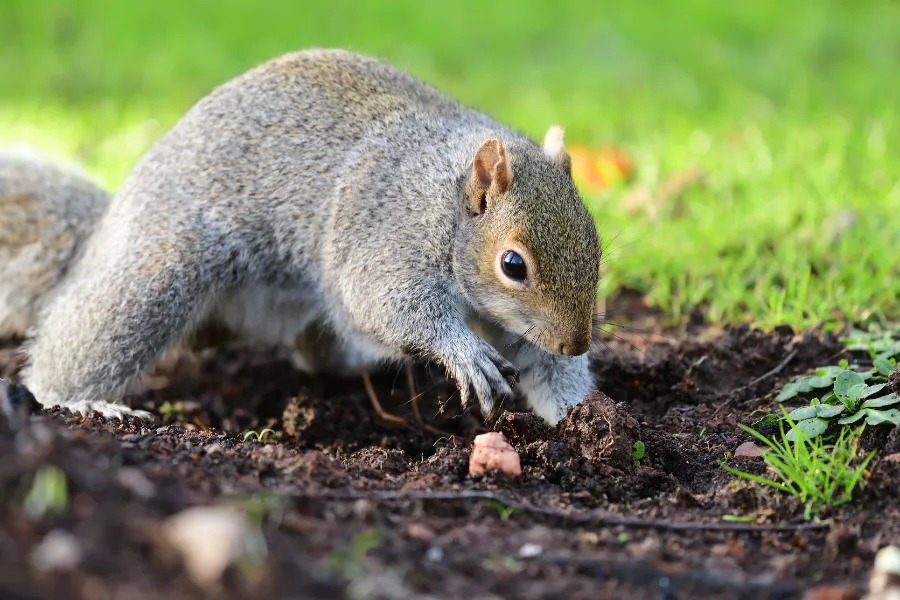
7. Squirrels may occasionally eat bird eggs
Grey squirrels may occasionally eat bird eggs as well as large seeds, flowers, buds, fruits, fungi, some small insects. They use their sense of smell to discover food items.
8. Female Grey Squirrels Can Only Mate Twice a Year
The female grey squirrel only mates two times a year. She uses the nest to give birth after a six week gestation period. The average litter has three baby squirrels but up to nine baby squirrels can be born in one litter.
The mating season for squirrels is usually between January and April, and if they have enough food they may have a second litter in the summer. Female squirrels can mate with multiple males in one season.
9. Baby squirrels look like tiny adult squirrels
Mother squirrels keep their babies in the nest in high trees to protect them from foxes and birds of prey. Baby squirrels look like miniature adult squirrels. They are independent after ten to twelve weeks.
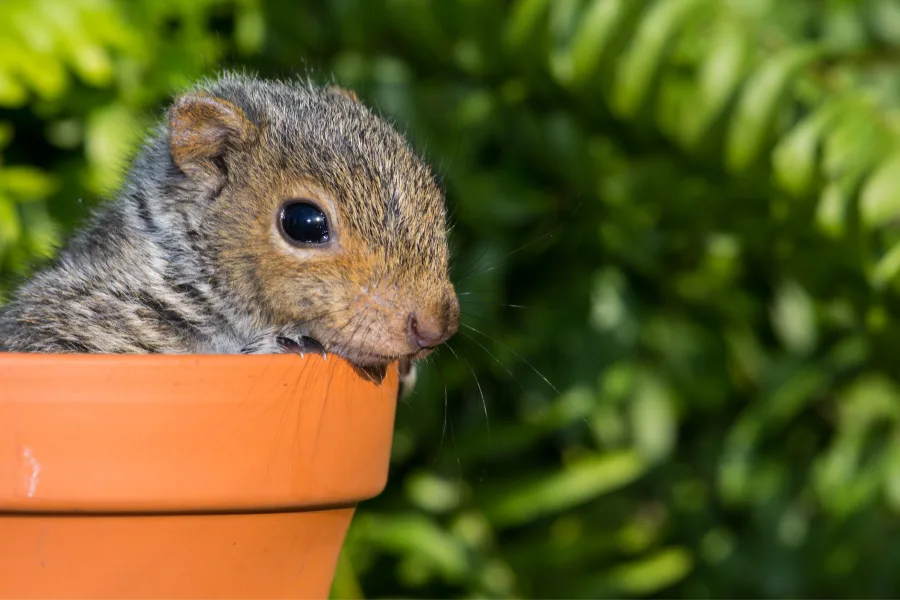
Interesting Facts about Squirrels in England
There are more than two hundred species of squirrels which can be found in every continent except Antarctica and Australia. Squirrels can be categorised into three different types: ground squirrels, tree squirrels and flying squirrels.
In the UK we only have two species of squirrel: the red squirrel and the eastern grey squirrel (also known as the grey squirrel). They are both tree squirrels. The squirrels you may have seen in the trees around Earlsfield Road are eastern gray squirrels.
Eastern gray squirrels originated in North America and were first introduced into England in the nineteenth century. Records exist as far back as 1828 when one was apparently released in Wales.
The first verifiable record however is from 1876 when a banker, Thomas V. Brocklehurst, brought back a pair of eastern gray squirrels from a business trip to America and released them in Henbury Park, near Macclesfield in Cheshire.
The Victorians clearly had no idea about the risks of introducing non-native species into England. The red squirrel was once abundant in here, but has declined mostly due to the arrival and spread of the eastern gray squirrel.
Eastern gray squirrels carry a disease which does not affect their health but often kills red squirrels. They are also more likely to eat unripened, green acorns, which is the red squirrel’s only source of food.
The red squirrel is now officially classed as Near Threatened in England. Last year it was estimated there could be less than 15,000 of them left in the UK.
Interesting Facts about Squirrels in General
Here are some general interesting squirrel facts:
1. The smallest type of squirrel is the African pygmy squirrel
The African pygmy squirrel is also known as the African dormouse, woodland dormouse, African dwarf dormouse, African pygmy dormouse, and the micro squirrel. It is found in the tropical rainforests in Cameroon, the Republic of the Congo, Equatorial Guinea, and Gabon.
The African pygmy squirrel is the world’s smallest squirrel measuring about 12–14 cm in total length including its tail.
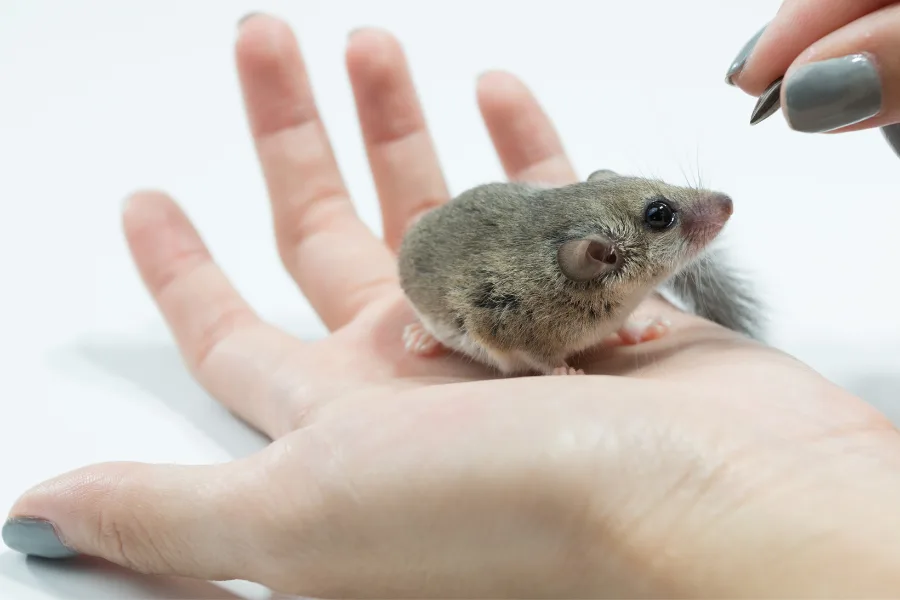
2. The largest species of squirrel is the Indian giant squirrel
The Indian giant squirrel is also known as the black giant squirrel or the Malayan giant squirrel. It is an amazing multi-coloured squirrel and the largest species of squirrel in the world. They are only found in India, and can have a head and body measuring between 25-50cm and a tail of the same size or longer.
Indian giant squirrels can be found in a range of different colours from white, cream, beige, tan, red, maroon, brown, or black. They are usually cream coloured underneath with cream legs and their heads can be brown or beige. There are several subspecies of Indian giant squirrel which can be identified by their colour.
The photograph below shows two Indian Giant Squirrels, which are from the largest squirrel species in the world.
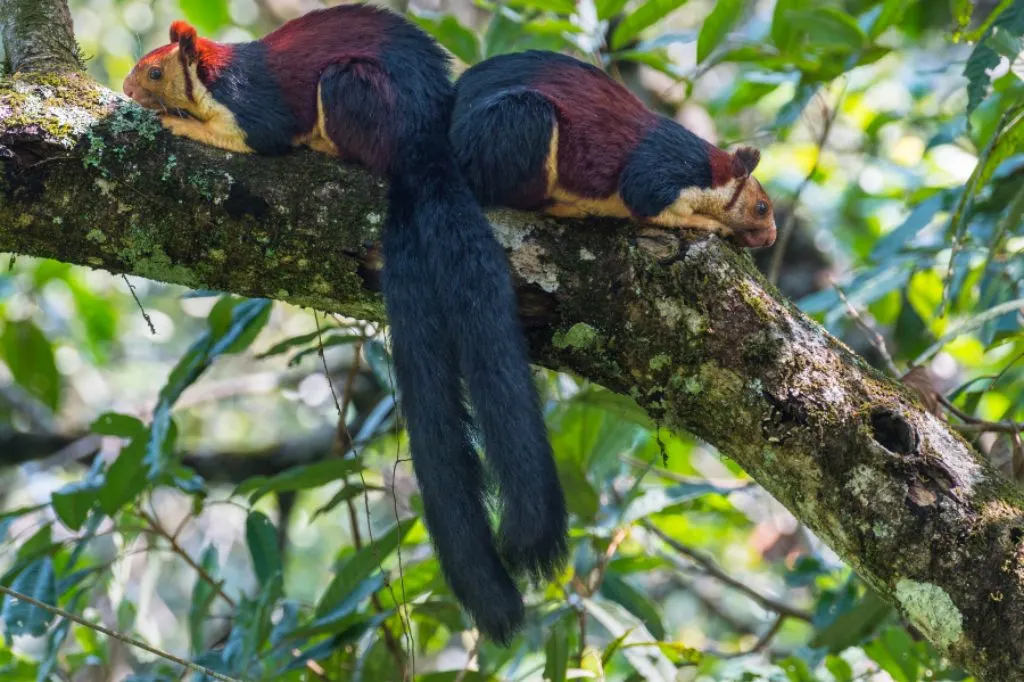
3. Squirrels Maintain Their Body Temperatures by Sleeping in Groups
Squirrels group together in the winter to keep their body temperatures stable. They sleep in a communal arrangements where a group of squirrels are all touching so the heat is transferred between them.
4. Squirrels have large eyes allowing them to see what’s behind them
Squirrels have large eyes which are located on the side of their head in a high position. This means they can see not only what is in front of them but also part of what is behind them and above them. They can do this without even moving their heads, making it difficult to sneak up on them!
Interesting Facts about Squirrels: The Three Types of Squirrel
There are 285 squirrel species in the world which can be divided into three types of squirrel: ground squirrel, tree squirrel and flying squirrel.
1. Ground Squirrels
Ground squirrels live on the ground rather than in trees and are members of the rodent family. The term “ground squirrel” usually refers to medium sized ground squirrels since large ones are usually referred to as marmots or prairie dogs, whilst smaller ones are known as chipmunks.
2. Tree Squirrels
Tree squirrels live mostly in tree branches. They have longer tails than ground squirrels since they need to be able to balance when climbing trees. They also all have short fur, small rounded ears and no stripes. The red squirrel, eastern gray squirrel and fox squirrels are the most well known species of tree squirrel.
3. Flying Squirrel
There are fifty different species of flying squirrel. Flying squirrel are able to glide from one tree to another using a furry membrane like a parachute. The membrane stretches from their wrist to ankle and they have long tails to provide stability during flight.
Unlike other squirrels, flying squirrels are nocturnal. They build homes in tree holes, or rock crevices on cliffs, and cave ledges. Some also make nests high in trees where branches join the tree trunks. Most never leave the trees but the northern flying squirrel regularly descends to the ground to bury nuts.
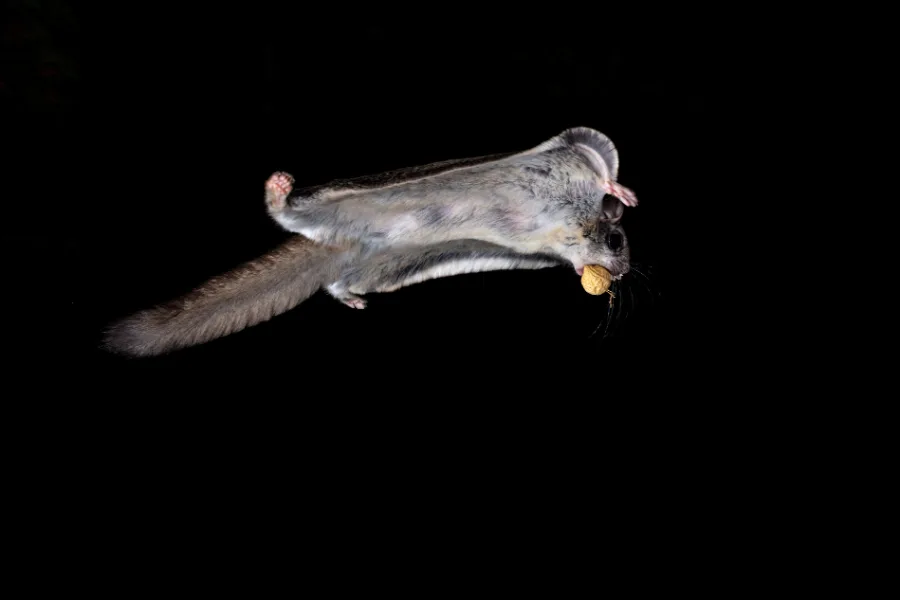
Squirrel Appreciation Day
The 21st of January is Squirrel Appreciation Day!
Mark it in your calendar and make sure you appreciate the squirrels in South London!
Remember that January is a tough time of year for them as food is scarce and buried food may be inaccessible especially if the ground is frozen.
If you like squirrels check out the following posts:
This was a list of interesting facts about squirrels
I hope you enjoyed this list of fun facts about squirrels! If you know of any other interesting facts about different species of squirrel, please leave me a comment below.

Mike
Monday 15th of August 2022
There is aprox 120,000 to 140,000 red squirrels in Britain. The jay is the number one oak tree planter, they can carry up to 9 acorns at a time but generally carry 4. Jay's don't damage the acorn lile squirrels do so there is higher chance of germination.
Olivia Herlihy
Saturday 27th of August 2022
Thanks so much for this information! :-)
A. Wellwisher
Saturday 20th of March 2021
Amazing, and I thought squirrels were just a pest!! Look forward to the next blog. Please keep it going!!